Exploring Riccardia: The Fascinating World of a Unique Moss
Affiliate Disclaimer: As an affiliate, we may earn a small commission when you make a purchase from any of the links on this page at no additional cost to you!
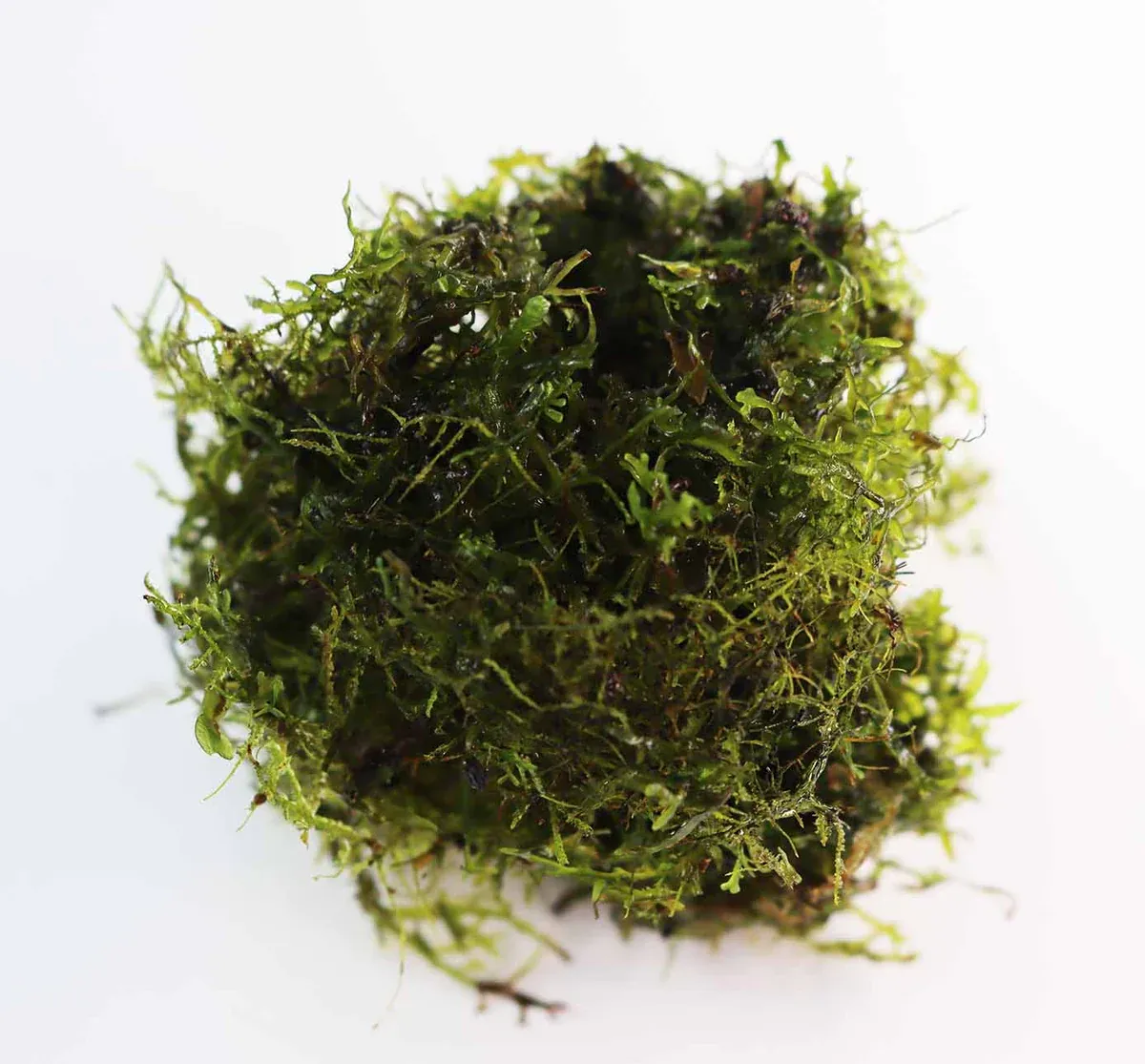
IMG_2711_1200x1200.jpg from: https://dustinsfishtanks.com/collections/foreground-plants/products/riccardia-sp-pelia-moss
Exploring the Fascinating World of Riccardia plumosa Moss
Introduction
Mosses are some of the most ancient and resilient plants on Earth. One particularly interesting species is Riccardia plumosa (Mitt.) E.O.Campb., also known simply as Riccardia, a member of the
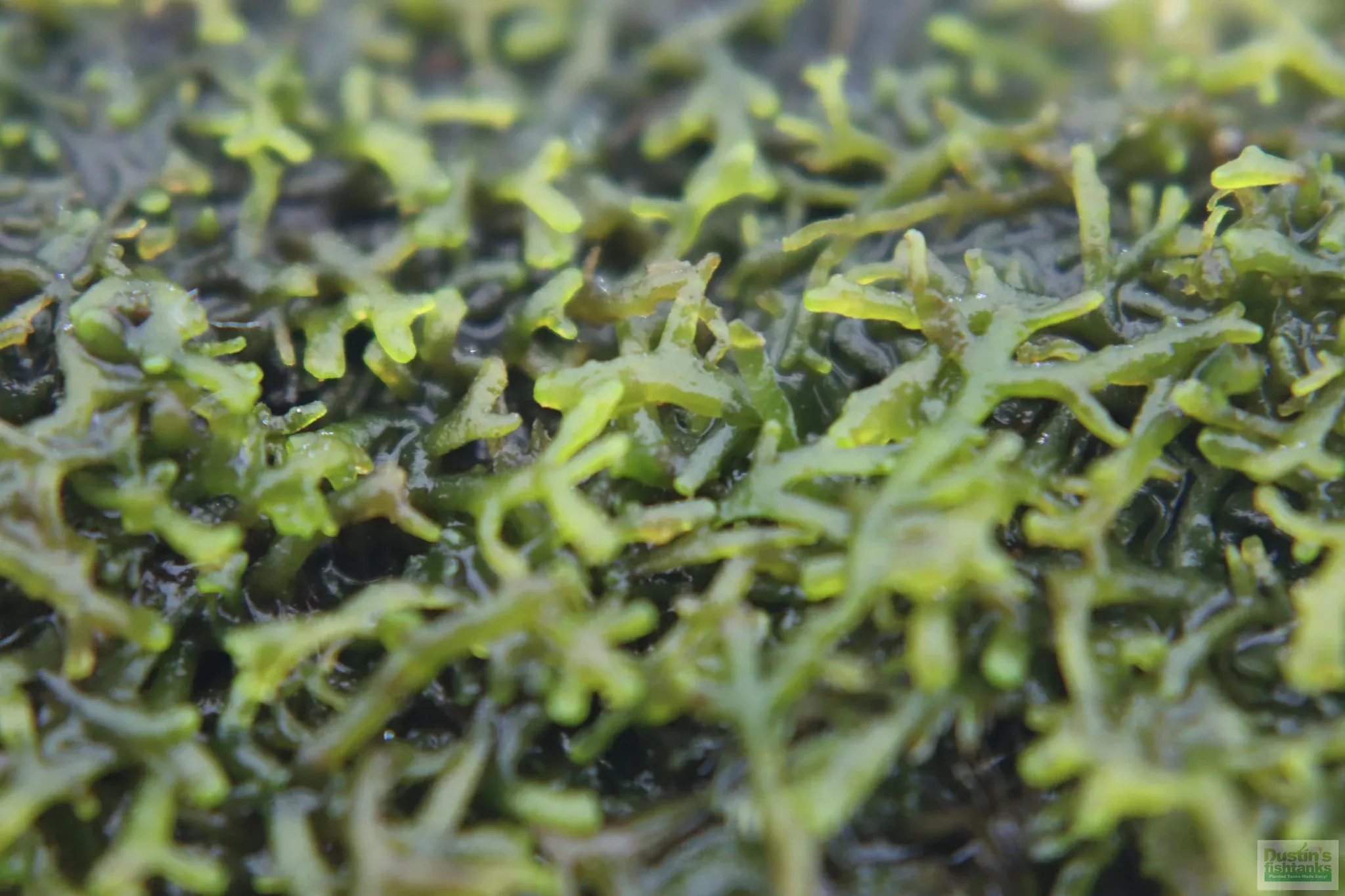
WM_RiccardiaPelia_03_1024x1024@2x.jpg from: https://dustinsfishtanks.com/products/riccardia-sp-pelia-moss?variant=31218986090629
Aneuraceae
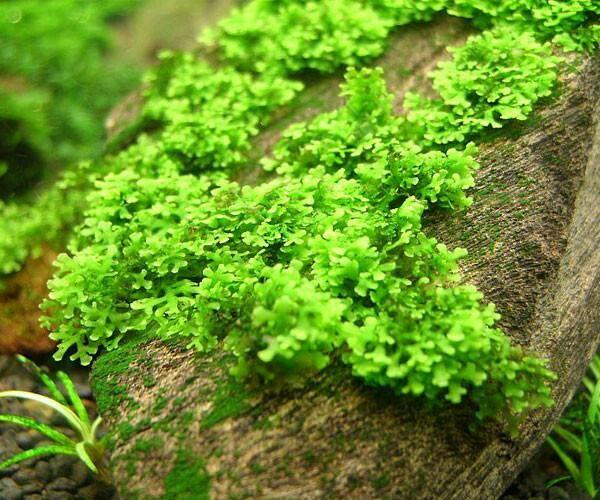
288cf6e763ff817471cf816f139a1e2d.jpg from: https://www.pinterest.ch/pin/292311832064419498/
family. In this blog post, we’ll dive into the unique characteristics and ecological importance of this captivating moss.
Background on Riccardia plumosa
Riccardia plumosa is a species of thallose liverwort, which are non-vascular plants in the division Marchantiophyta. It belongs to the class Jungermanniopsida. The specific epithet “plumosa” means feathery, referring to its delicate, pinnately branched thallus (plant body).
Morphology and Identification
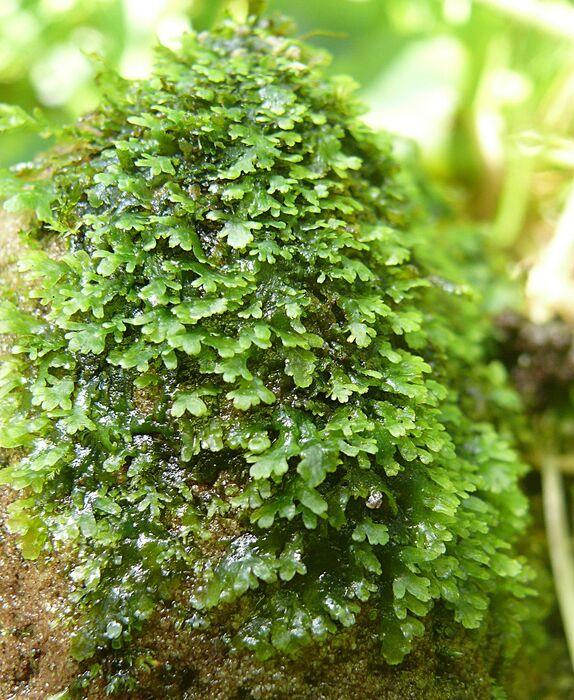
Riccardia_chamaedryfolia_110812c.JPG from: https://greenarea1.webnode.be/p/riccardia-chamaeodrifolia/
Riccardia plumosa has a distinctive appearance that makes it relatively easy to identify:
- Thallus: Flat, green, translucent, 1-3 cm long, 1-2 mm wide
- Branching: Pinnate (feather-like), lateral branches 1-5 mm long
- Oil bodies: Numerous, small, round to elliptical
- Gemmae: Absent
- Reproductive structures: Antheridia and archegonia on short lateral branches
Global Distribution and Habitat
This moss has a wide distribution, found in many parts of the world including:
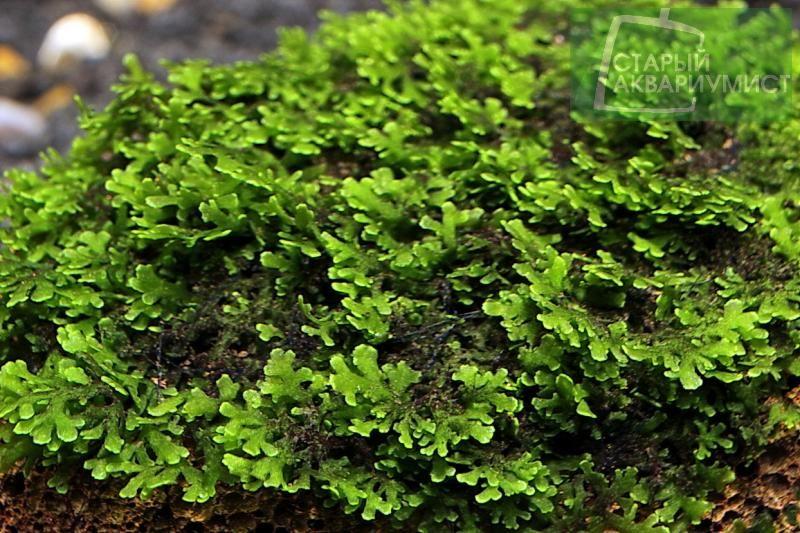
5842b383b7aca5a52c9d62744b2a3485.jpg from: https://www.pinterest.ru/pin/35817759515511622/
- Europe: Widespread
- Asia: China, Japan, India, Indonesia
- Africa: Madagascar, Réunion
- North America: USA, Canada, Mexico
- South America: Brazil, Colombia, Ecuador
- Oceania: Australia, New Zealand, Hawaii
Riccardia plumosa typically grows on damp soil, rocks, rotting logs, or as an epiphyte on tree bark in humid forests and along streams from lowlands to mountains.
Ecological Roles and Adaptations
Like other mosses, Riccardia plays important roles in its ecosystems:
- Nutrient cycling: Helps capture and recycle nutrients
- Moisture retention: Absorbs and retains water
- Microhabitats: Provides shelter and habitat for micro-organisms and invertebrates
- Pioneer species: Colonizes disturbed areas and stabilizes soil
Riccardia has several adaptations that allow it to thrive:
- Poikilohydry: Ability to survive desiccation by suspending metabolic activity when dry
- Rhizoids: Root-like structures that anchor it to substrates and absorb water and nutrients
- Asexual reproduction: Can reproduce via fragmentation when bits break off and grow
Conclusion
Riccardia plumosa is a prime example of how even tiny, inconspicuous organisms like mosses can be fascinating and ecologically valuable. Its global distribution, unique morphology, and important ecosystem functions make it a species worth appreciating and protecting. The next time you’re in a damp forest, keep an eye out for this amazing moss! What other overlooked wonders of nature have you discovered?
